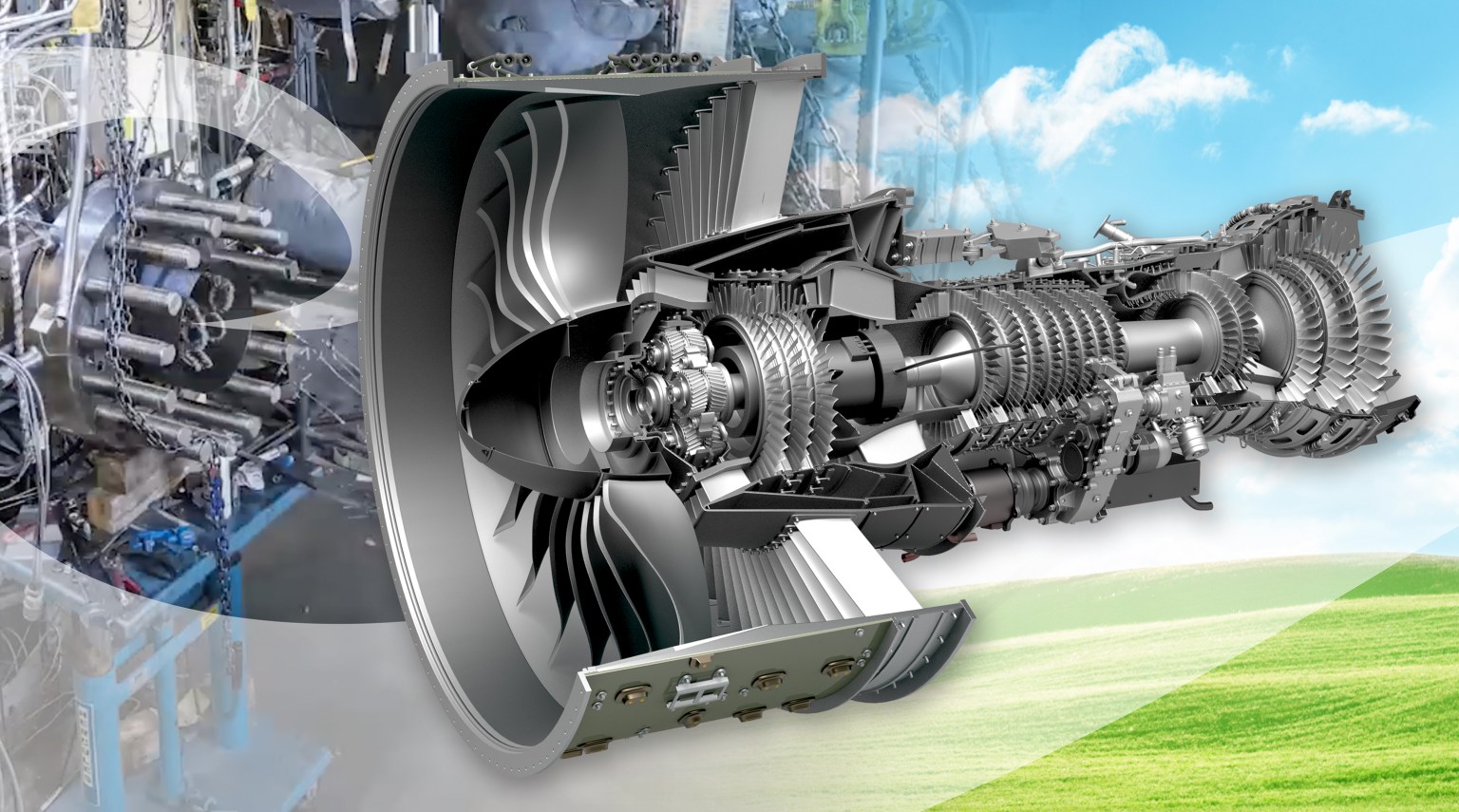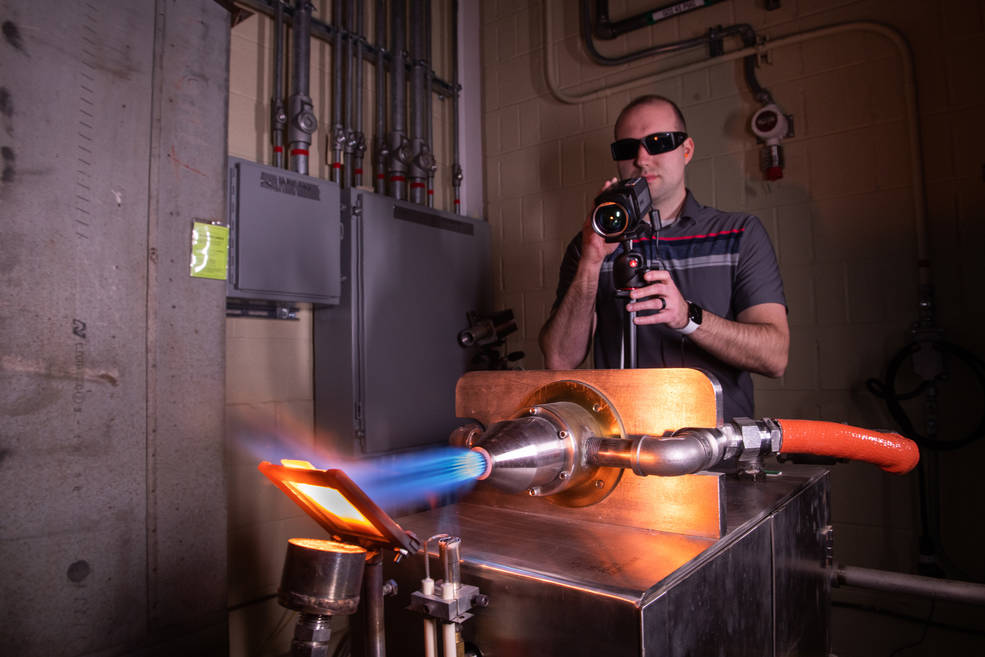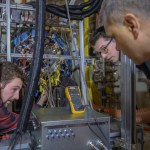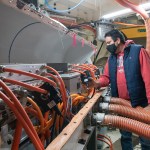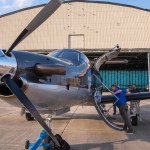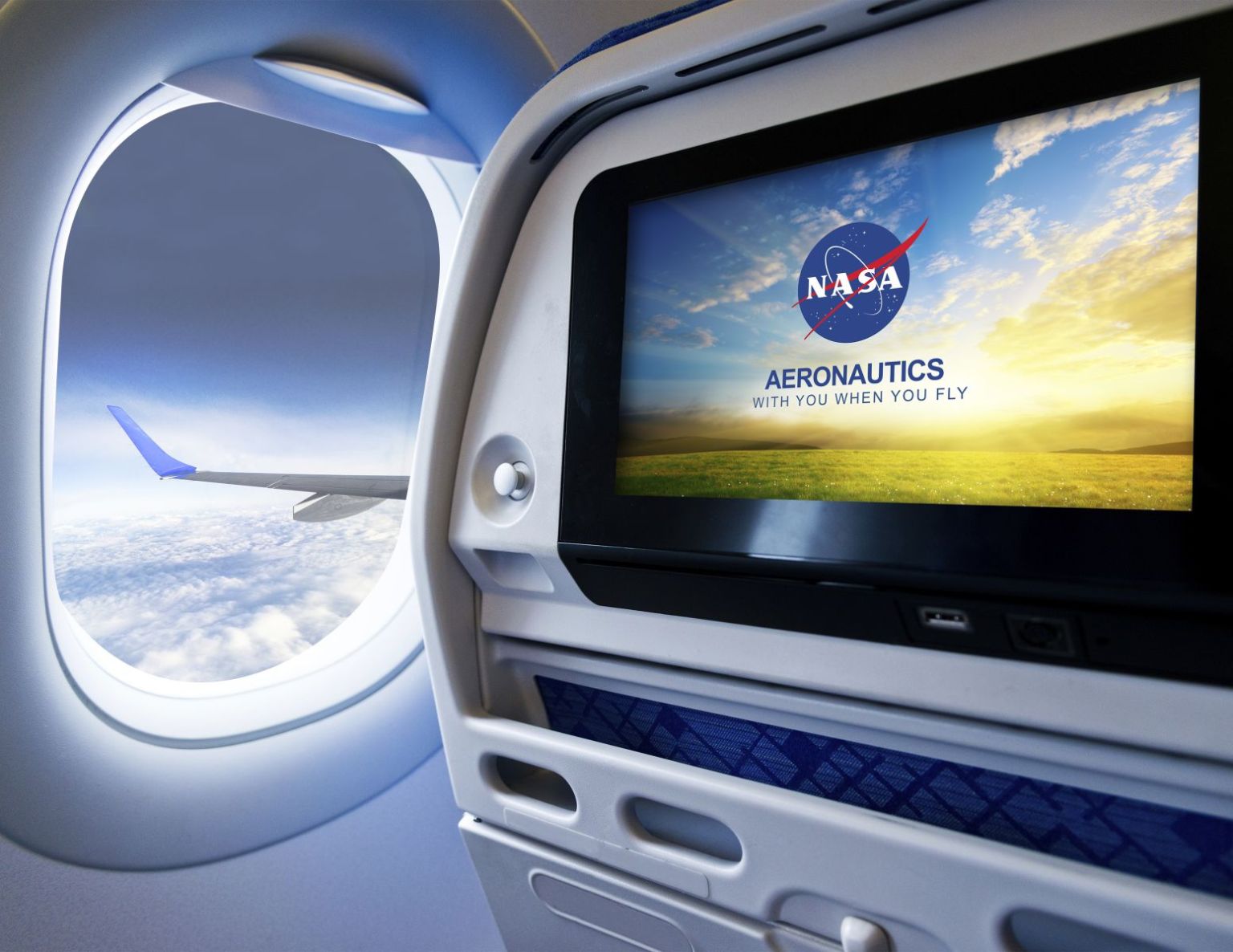Aeronautics Research for the Benefit of All
NASA’s Glenn Research Center is Cleveland is conducting revolutionary aeronautics research to help the nation achieve its climate change goals. Glenn also is exploring next-generation supersonic and hypersonic aircraft. Every U.S. aircraft has Glenn technology on board, making flight cleaner, safer, and quieter.
Learn More About Aeronautics about Aeronautics Research for the Benefit of All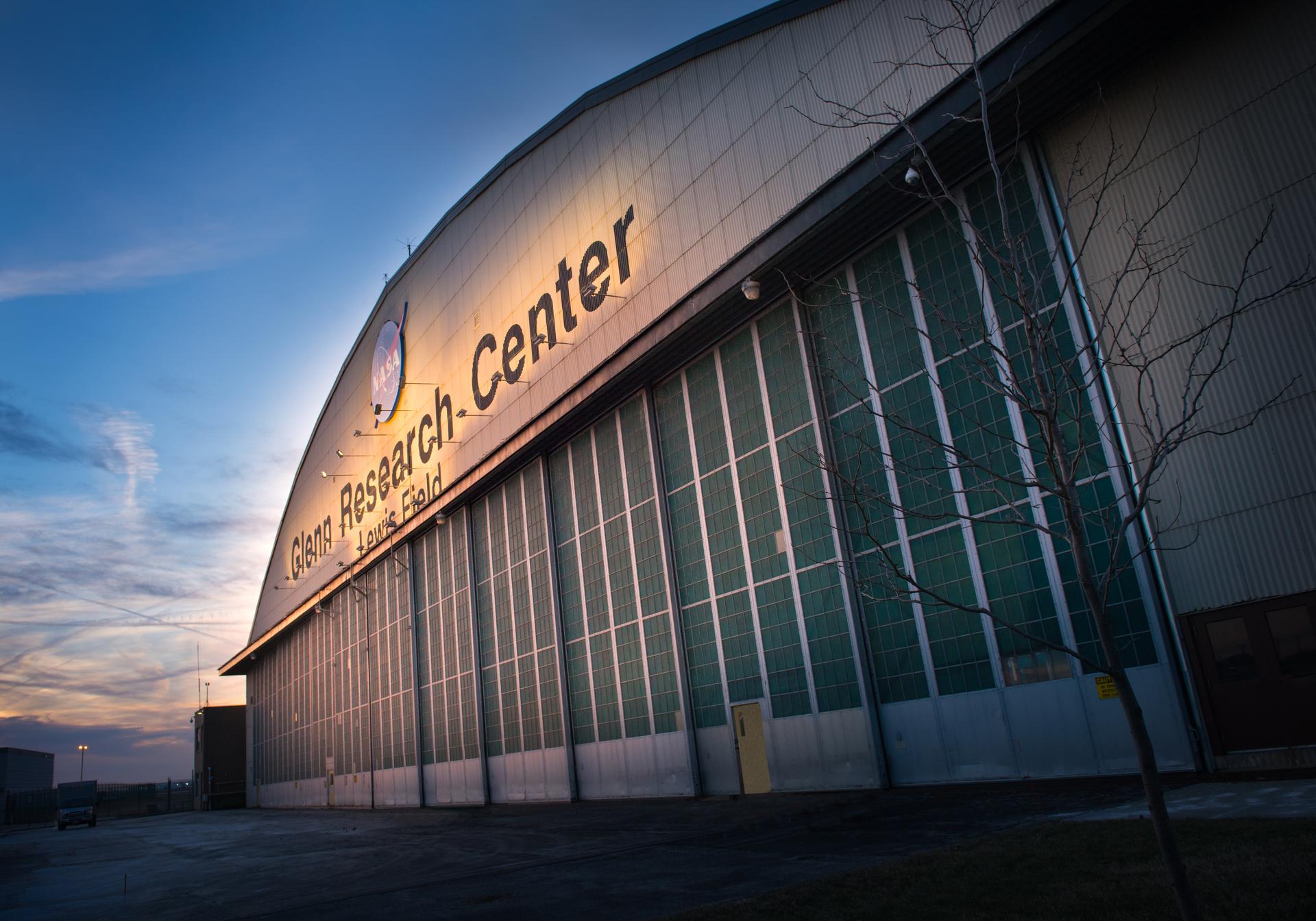
Electrified Aircraft Propulsion
Glenn is leading the development of electrified aircraft propulsion to make the next generation of single-aisle passenger planes cleaner and more fuel efficient.
Learn About Electrified Aircraft Propulsion about Electrified Aircraft Propulsion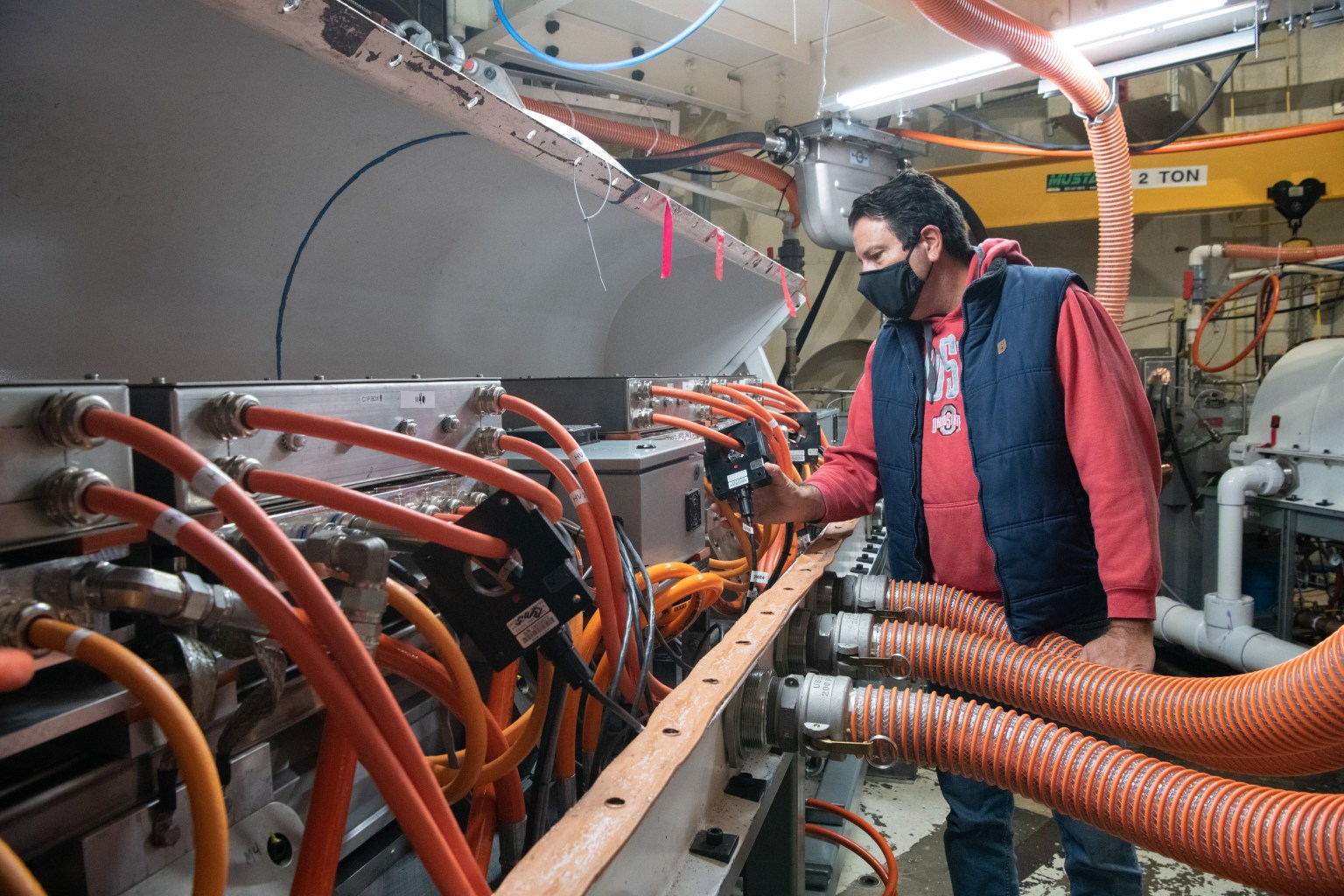
Advanced Air Mobility
Glenn supports the NASA Advanced Air Mobility (AAM) mission’s plan to map out a safe, accessible, and affordable new air transportation system alongside industry and community partners and the Federal Aviation Administration.
Learn More About AAM about Advanced Air Mobility
Acoustics Research
Glenn performs experimental and analytical research to reduce community noise caused by subsonic, supersonic, and advanced air mobility vehicles.
Learn More About Acoustics Research about Acoustics Research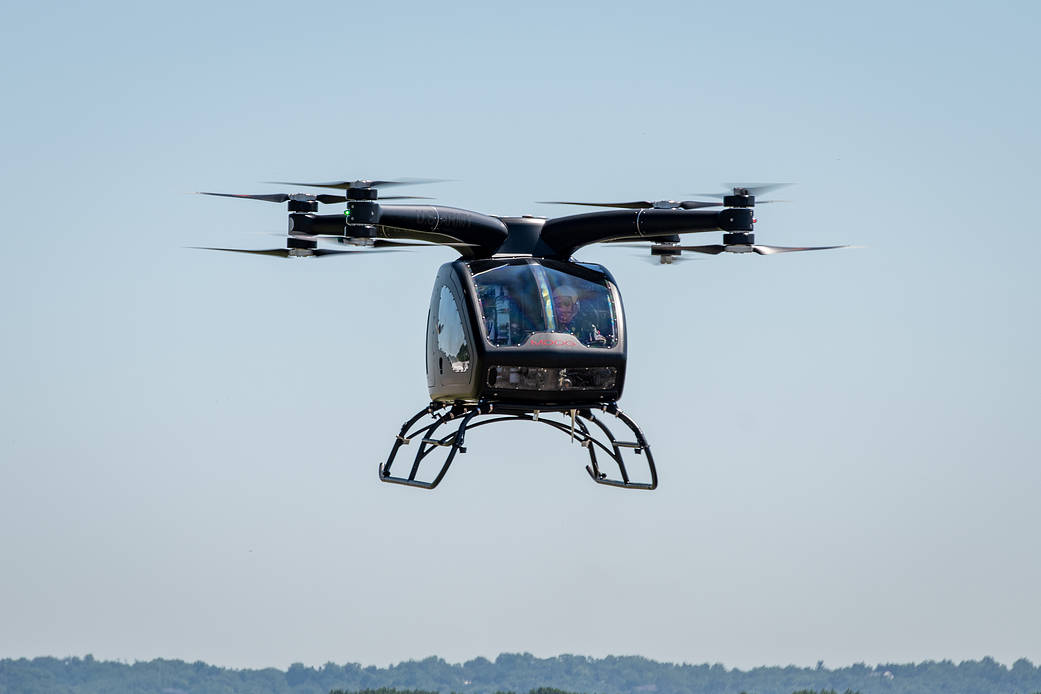
Engine and Airframe Icing Research
Most ice protection technologies in use on aircraft today were developed at Glenn. NASA began studying how ice accumulation on planes effects flight in 1944 with the completion of Glenn’s Icing Research Tunnel – the longest running and second largest icing facility in the world.
Learn More About Icing Research about Engine and Airframe Icing Research
Hybrid Thermally Efficient Core (HyTEC) Turbine Engine
Glenn is working to create a more fuel-efficient jet engine core to save fuel and lower the environmental impact of commercial flight.
Learn More About HyTEC about Hybrid Thermally Efficient Core (HyTEC) Turbine Engine